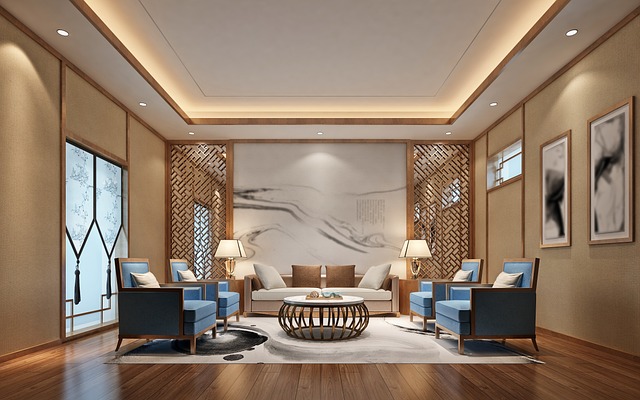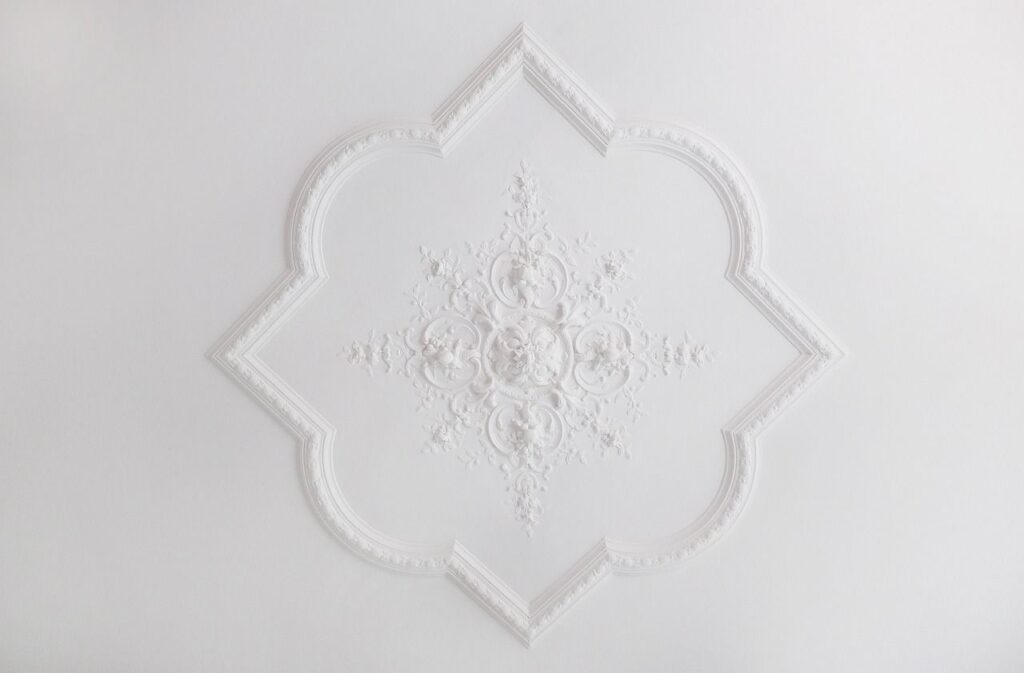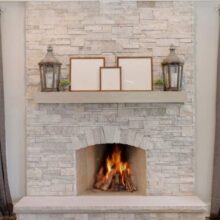Transform Your Space with Ceiling Designs

When it comes to home interiors, many of us focus on walls, floors, and furniture, often overlooking one of the most impactful aspects of room design—the ceiling. Ceiling designs can dramatically alter the aesthetics and atmosphere of a space, offering unlimited creative possibilities. In this guide, we will explore various ideas and tips for design that can transform any room from ordinary to spectacular.
Understanding the Basics of Ceiling Design
Designing a ceiling is much more than just deciding on a color for paint. It involves the entire upper portion of a room and can include lighting, moldings, color, and even structural alterations. The right design can increase the perceived size of a room, modify its lighting ambiance, and add to the overall décor theme.
The first step in choosing a design is understanding the space. High ceilings make a room feel more open and airy, while lower ceilings can contribute to a cozier, more intimate feel. The choice of color and texture plays a significant role, too. Light colors tend to make a ceiling feel higher, while dark tones can make it appear lower but add a touch of luxury and depth.
Types of Ceiling Designs
1. Tray Ceiling: A tray ceiling features a recessed center, giving the illusion of height and space to a room. Often, the inset is painted a different color or adorned with intricate lighting fixtures, adding a layer of sophistication and style.
2. Coffered Ceiling: This type of design is perfect for larger spaces with high ceilings. Coffered ceilings are made up of sunken panels framed by wooden beams. The beams can be stained or painted to complement the room’s décor. Similarly, the panels can be adorned with paint, wallpaper, or even fabric.
3. Beamed Ceiling: Adding wooden beams to your ceiling can give your home a rustic or industrial appeal, depending on the treatment of the beams. Whether you choose a polished, painted, or natural finish, beams can enhance architectural interest and draw the eye upward.
4. Vaulted Ceiling: Vaulted ceilings are known for their dramatic pitch and height. They can make a room feel larger and more open and are particularly effective in living rooms and kitchens where space feels communal and inviting.
Integrating Lighting with Ceiling Designs
Lighting is a critical component of any design. Recessed lighting can be used in virtually any ceiling type, providing ambient light without cluttering the ceiling. Pendant lights and chandeliers add drama and are particularly effective in rooms with high ceilings. For tray and coffered ceilings, strip lighting or backlit panels can create a soft glow that highlights the ceiling’s architecture without overpowering the space.
Materials and Textures for Your Ceiling
The choice of materials for your ceiling can vary widely based on your budget and style preferences. Plaster and drywall are the most common choices for creating intricate textures and shapes. Wood can be used for beams, panels, or entire ceilings, providing warmth and a natural element to the room. Metal tiles or panels can add a contemporary touch to your space, reflecting light and adding visual interest.

Personalizing Your Ceiling Design
To make a design your own, consider integrating art or custom elements. A mural painted on a flat or tray ceiling can turn the space into a masterpiece, creating a stunning focal point. For a subtle, textured look, consider using wallpaper or stencil designs.
Decorative moldings and trim can also add character to your ceiling. These can be simple, for a modern look, or ornate, for more traditional or luxurious spaces. The key is to coordinate these elements with the rest of the room’s design to create a cohesive look.
Modern Ceiling Design Trends
In the realm of modern design, minimalism and integration of technology are key. Smart homes benefit from ceilings that incorporate automated lighting systems and built-in sound systems. Clean lines and flush-mounted fixtures are typical in modern designs, emphasizing a sleek and uncluttered look.
Sustainable and Eco-Friendly Ceilings
Eco-friendly design choices are increasingly important in today’s home decor trends. Sustainable materials such as reclaimed wood, bamboo, and recycled metal tiles are popular for ceiling installations. These materials not only reduce environmental impact but also add unique character and warmth to a room.
Enhancing Small Spaces with Ceiling Design
For smaller rooms, the ceiling can be a game-changer in maximizing the perception of space. Optical illusions such as diagonal or vertical lines can make a low ceiling appear taller. Glossy finishes or metallic colors reflect light, enhancing the airy feel of a cramped area.
The Future of Ceiling Design: Innovation and Technology
Looking forward, the integration of technology and innovative materials will continue to revolutionize the design of ceilings. Imagine ceilings that change color based on the time of day or mood, materials that improve air quality, or designs that adapt for acoustic optimization. The future of ceiling design is not just about aesthetics but also about functionality and adaptability to lifestyle needs.
Conclusion
The ceiling is a vital yet often overlooked element of home décor that can significantly influence the overall look and feel of a room. By considering different styles, materials, and lighting options, you can create a ceiling that not only enhances your home’s interior but also reflects your personality and style.
As you plan your next home renovation or redecoration project, consider the impact that an innovative ceiling can have on your space. Whether you’re looking to add a sense of height with a vaulted ceiling, sophistication with intricate moldings, or artistic flair with a custom mural, the ceiling offers a fifth canvas to explore in your home design.





